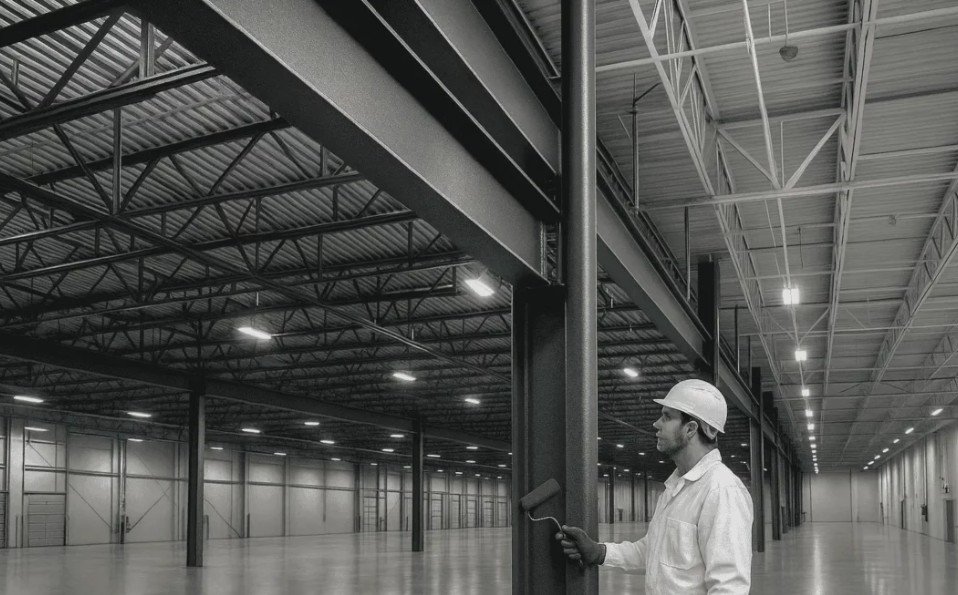Vinyl flooring has become increasingly popular due to its versatility, durability, and affordability. Whether you’re renovating your home or setting up a new office, vinyl flooring offers a wide range of options that cater to various needs and preferences. In this article, we’ll explore what vinyl flooring is, its benefits, types, installation process, maintenance, and why it’s an excellent choice for any space.
What is Vinyl Flooring?
Vinyl flooring is a synthetic flooring material made from polyvinyl chloride (PVC). It is designed to mimic the appearance of natural materials such as wood, stone, or ceramic, while offering enhanced durability and resistance to moisture and wear. Vinyl flooring comes in various forms, including sheets, tiles, and planks, making it a versatile choice for different applications.
Benefits of Vinyl Flooring
Durability
One of the standout features of vinyl flooring is its durability. It is resistant to scratches, dents, and stains, making it ideal for high-traffic areas such as kitchens, bathrooms, and commercial spaces. The protective top layer of vinyl flooring ensures that it can withstand daily wear and tear, maintaining its appearance for years.
Water Resistance
Vinyl flooring is highly water-resistant, making it suitable for areas prone to moisture, like bathrooms and basements. Unlike hardwood flooring, vinyl doesn’t warp or swell when exposed to water, ensuring a long-lasting and stable floor surface.
Easy Maintenance
Maintaining vinyl flooring is simple and hassle-free. Regular sweeping and occasional mopping are usually enough to keep it looking clean and fresh. Unlike natural wood or stone, vinyl doesn’t require special cleaning products or treatments, making it a low-maintenance option.
Cost-Effective
Vinyl flooring is an affordable alternative to hardwood, stone, or ceramic tiles. It offers a similar aesthetic at a fraction of the cost, making it accessible for budget-conscious homeowners and businesses.
Versatility in Design
With advancements in technology, vinyl flooring now comes in a wide variety of designs, colors, and textures. Whether you prefer the look of classic oak, modern marble, or rustic slate, there’s a vinyl option to match your style.
Types of Vinyl Flooring
Vinyl Sheets
Vinyl sheets are large, continuous rolls of flooring material. They are ideal for covering large areas with minimal seams, reducing the risk of water infiltration. Vinyl sheets are often used in kitchens, bathrooms, and other moisture-prone areas.
Vinyl Tiles
Vinyl tiles are individual squares that can be arranged in various patterns. They are easy to install and replace, making them a popular choice for DIY enthusiasts. Vinyl tiles can mimic the appearance of ceramic or stone tiles, offering a stylish and durable flooring option.
Vinyl Planks
Vinyl planks are designed to resemble hardwood flooring. They are available in various lengths and widths, providing the look of real wood with the added benefits of vinyl. Vinyl planks are ideal for those who want the elegance of wood without the maintenance challenges.
Installation Process
Installing vinyl flooring is relatively straightforward, and many homeowners choose to do it themselves. The process varies depending on the type of vinyl flooring:
- Preparation: Ensure the subfloor is clean, dry, and level. Remove any old flooring materials and repair any imperfections.
- Measuring and Cutting: Measure the area to determine the amount of vinyl needed. Cut the vinyl sheets, tiles, or planks to fit the space, leaving a small gap around the edges for expansion.
- Installation: For sheet vinyl, roll out the material and adhere it to the subfloor using adhesive. For tiles and planks, follow the manufacturer’s instructions for aligning and securing each piece.
- Finishing Touches: Trim any excess material, install baseboards or moldings, and allow the flooring to settle before placing furniture on it.
Maintenance Tips
To keep your vinyl flooring looking its best:
- Sweep Regularly: Remove dust and debris with a broom or vacuum cleaner.
- Mop Occasionally: Use a damp mop and a mild cleaning solution to clean the surface.
- Avoid Harsh Chemicals: Stick to gentle cleaning products to avoid damaging the protective layer.
- Use Furniture Pads: Place pads under heavy furniture to prevent scratches and dents.
Why Choose Vinyl Flooring?
Vinyl flooring is an excellent choice for homeowners and businesses alike, offering a perfect blend of aesthetics, durability, and affordability. Its water resistance and easy maintenance make it particularly well-suited for high-moisture areas and busy households.
If you’re considering upgrading your floors, explore the options for Vinyl Flooring Singapore to find a style that fits your needs and enhances the beauty of your space.



